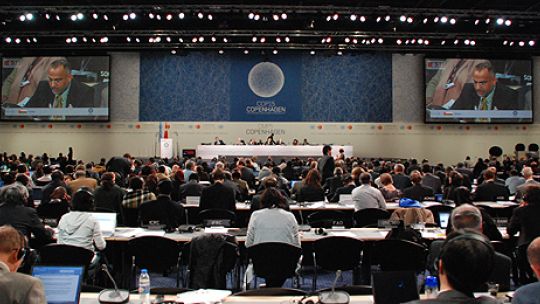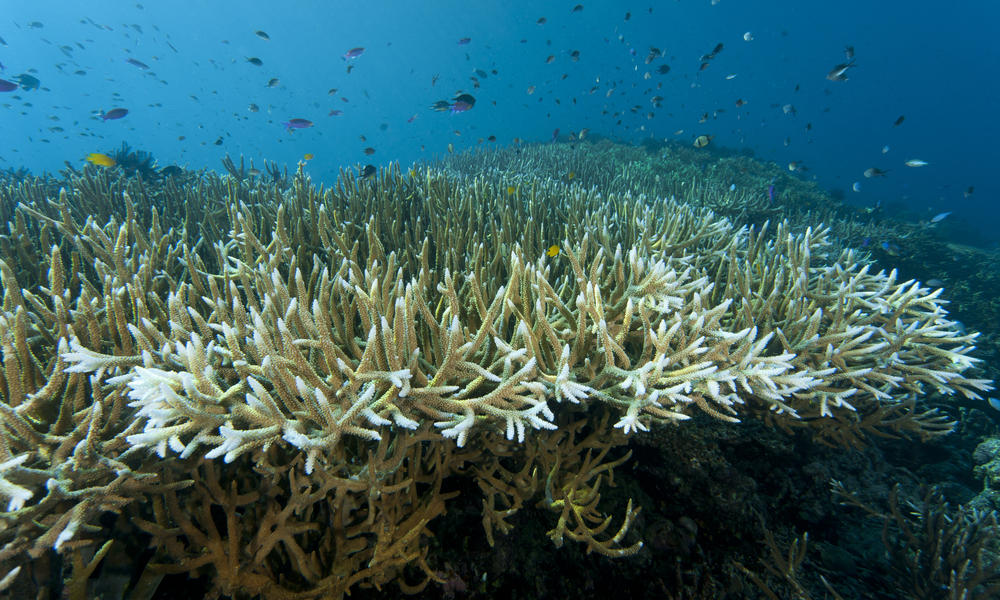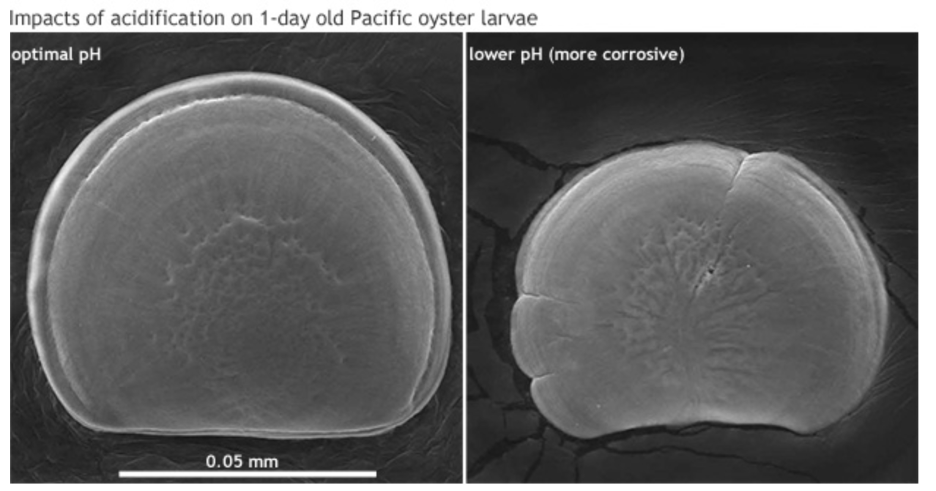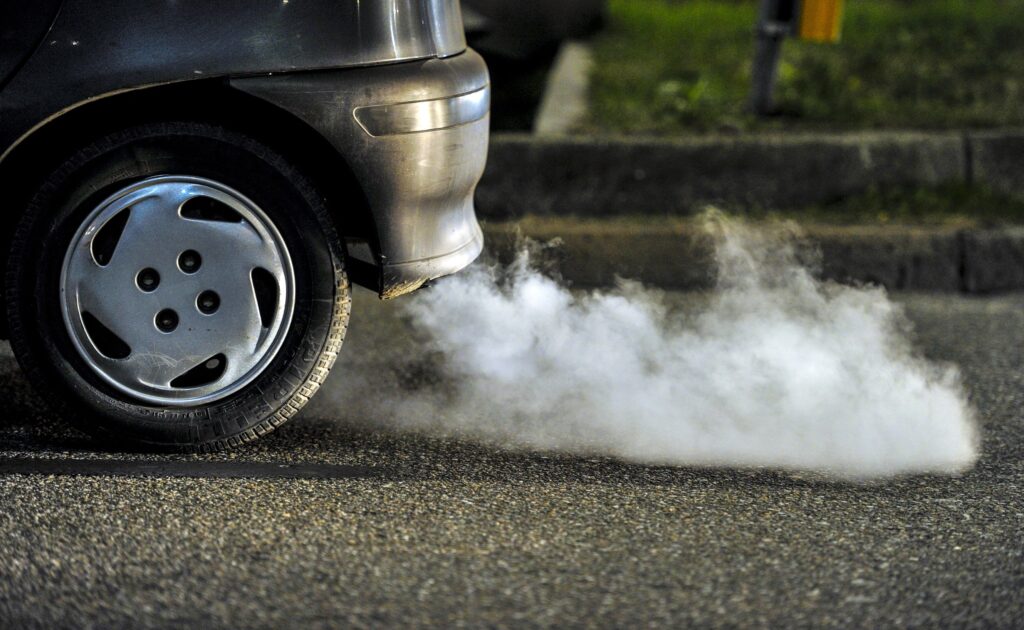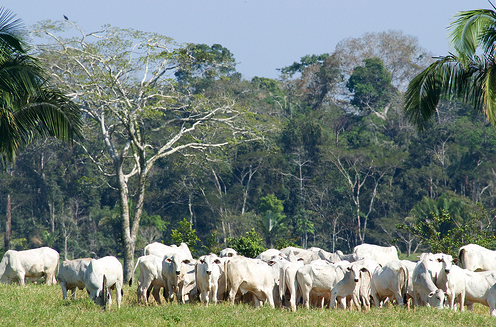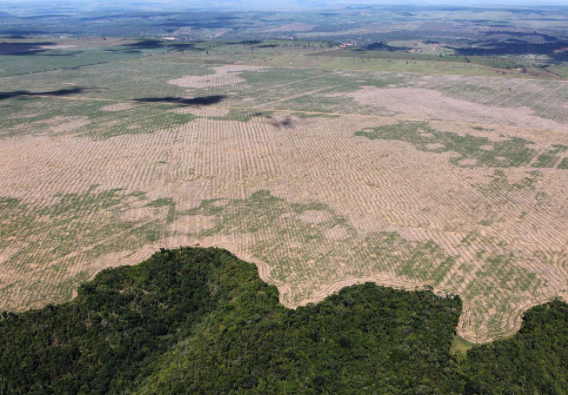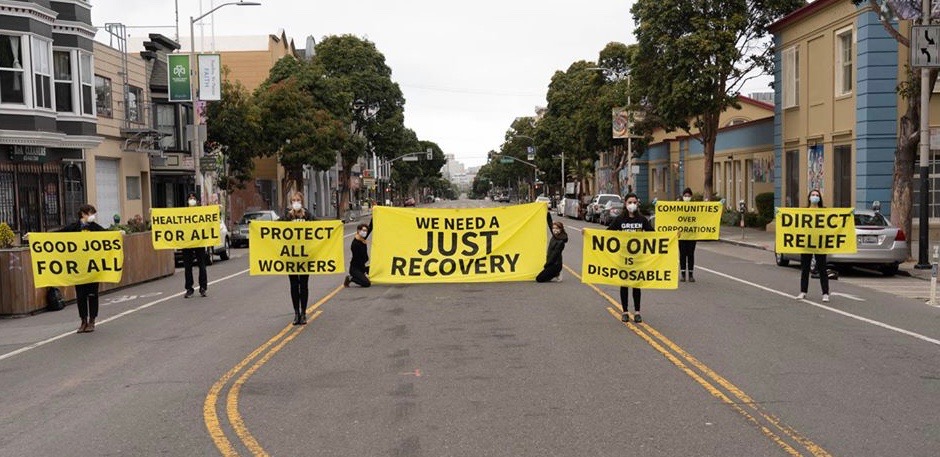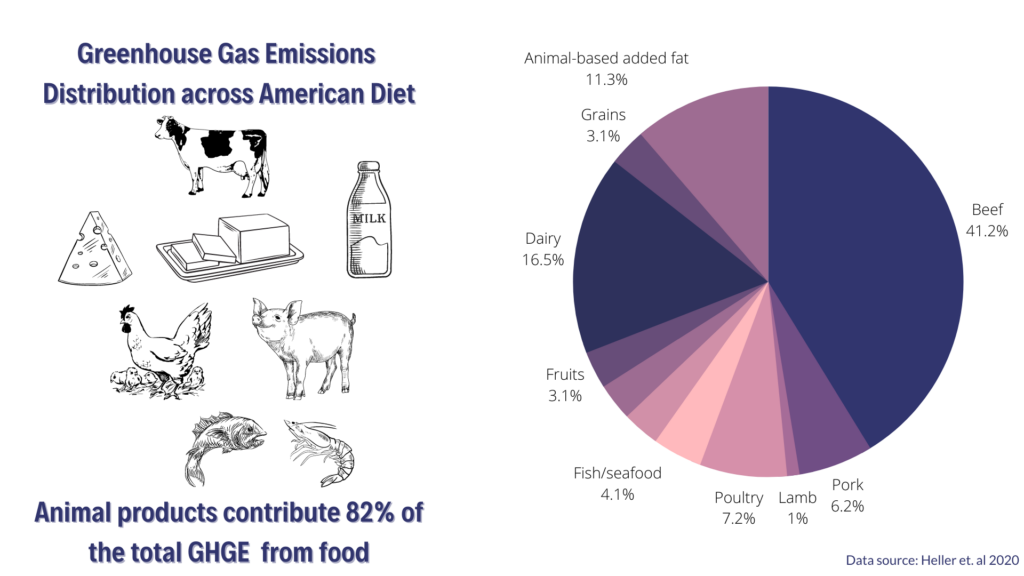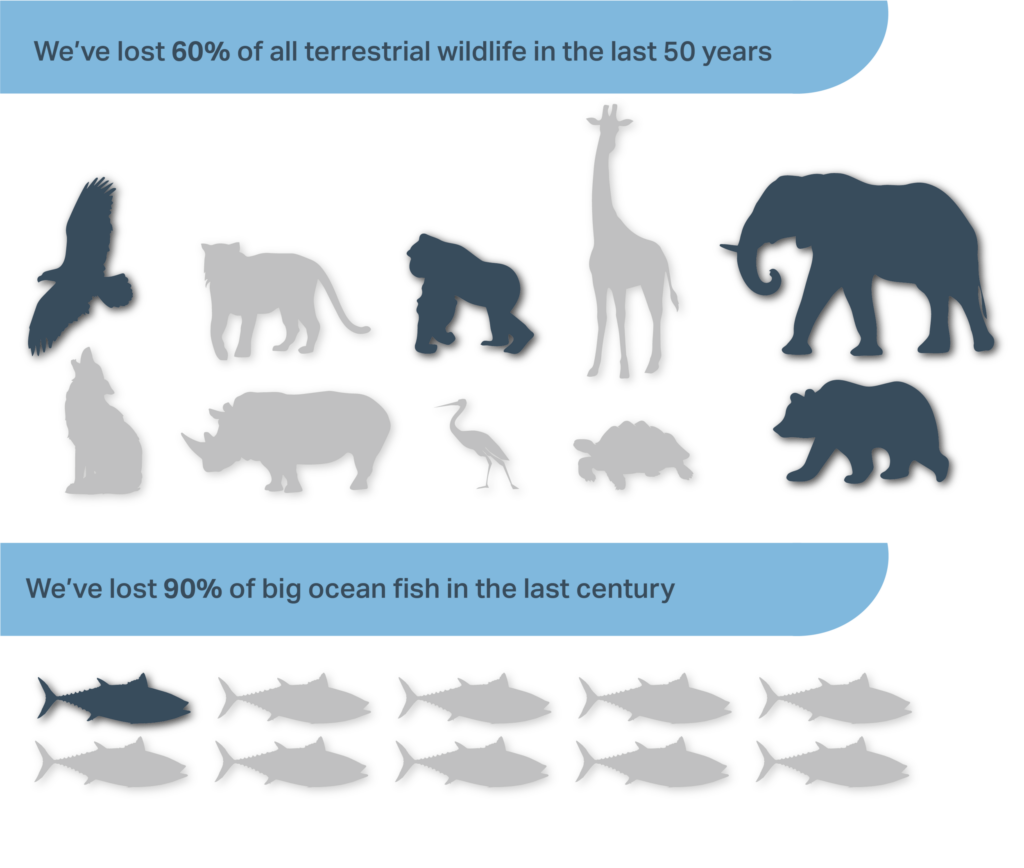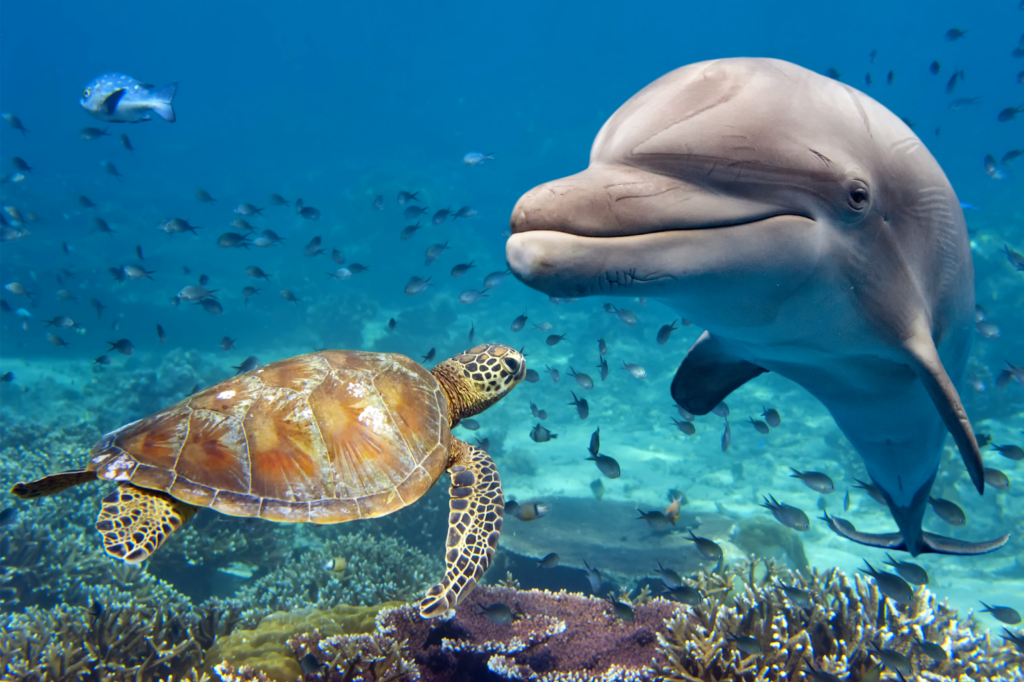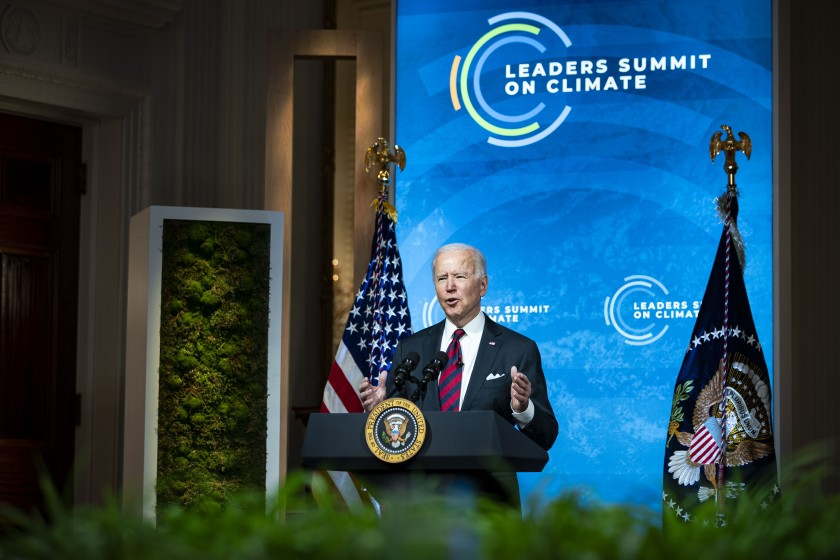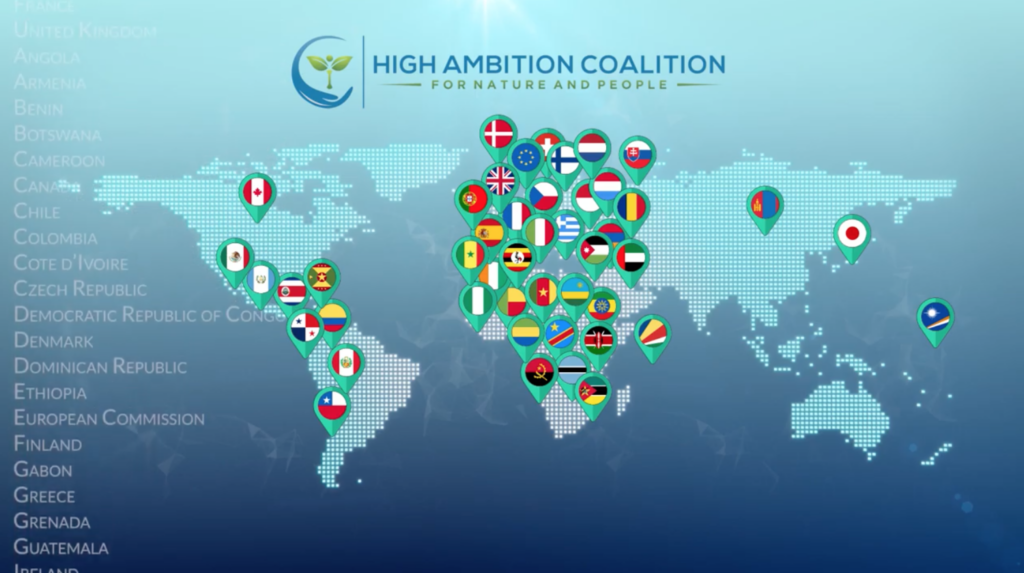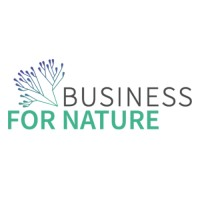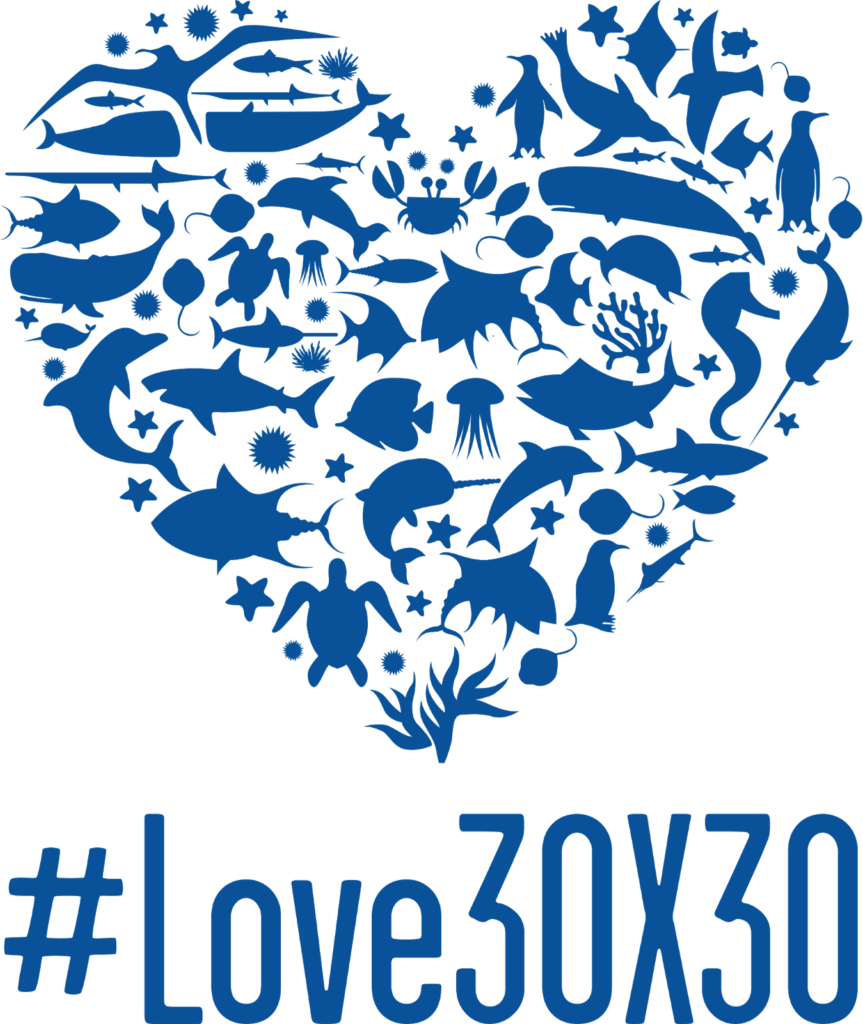
Intersection of Climate and Finance
It is common knowledge that climate change leads to extreme weather patterns, which create a variety of problems in communities around the world as they work to recover from increasingly frequent tropical storms, droughts, flood events, wildfires, and other climate-related shocks. In addition to the lives and communities affected, these events also cause negative financial consequences for governments and private industries. To avoid long-term reactive measures, governments and private industries should invest in climate action efforts. The International Renewable Energy Agency (IRENA) projects that to achieve the 1.5 degrees Celsius global warming scenario outlined in the Paris Agreement, $5.7 trillion USD in yearly investments are needed in the global energy transition. With the inclusion of hundreds of billions of dollars toward modernizing the US energy system in legislation such as the Infrastructure Investments and Jobs Act of 2021 and Inflation Reduction Act of 2022, the United States and many other developed countries have already begun their clean energy transition.
Developing countries, on the other hand, face many obstacles in the realm of climate finance, both in terms of mitigation and adaptation measures. At the UNFCCC’s 15th Conference of Parties in 2009, developed countries agreed to a collective goal of mobilizing $100 billion USD per year by 2020 for climate action in developing countries. However, this goal has not been met, with developed countries only committing $89.6 billion USD in financing for climate action in developing countries in 2021. In addition to falling short of the UNFCCC goal, the vast majority of these funds flowed to middle-income countries, leaving countries with high climate vulnerability and poverty with just a fraction of the available funds for climate mitigation and adaptation needs. Several think tanks estimate that the cost of climate adaptation, which is the primary priority in developing countries, will be closer to $300 billion by 2030, rising to $500 billion by 2050. Significant investments are urgently needed in the developing world to help advance the adoption of clean energy technologies and other climate mitigation and adaptation strategies. The following memo discusses possible approaches that can be taken by state actors, international organizations, NGOs, and private industries around financing global climate action, and highlights some critical gaps and recommendations for future progress.

Strategy #1: States should alleviate debt burdens in the developing world by engaging in bilateral debt-for-climate swaps.
Foreign aid for climate action does not finance the full extent of countries’ adaptation and mitigation activities, creating the need for debt financing for many climate projects. According to the OECD, the majority of climate adaptation efforts are financed using debt, with this shift becoming even more prominent in the last few years. This means that countries, primarily in the developing world, are taking on more debt to adapt to the impacts of climate change. Debt-for-climate swaps, which are financial instruments that allow countries to forgive or refinance outstanding debt with other countries, allow developing countries to use debt service savings to finance climate action. Debt-for-climate swaps can alleviate debt burdens in the developing world while still allowing lower-income countries to advance their climate mitigation and adaptation goals.
Benefits:
- Debt-for-climate swaps allow developing countries to invest in climate mitigation and adaptation measures while reducing their debt burden.
- Bilateral agreements to cancel or refinance debt can provide dedicated funding for climate action, with debtor countries committing to use savings for specific climate-related projects.
Strategy #2: Policy think tanks and research organizations can engage in more elite advocacy.
Think tanks and research organizations across the world can engage in more elite advocacy with powerful decision-makers in the countries they work in and private corporations whose values align with this mission. The influence of these institutions in donor states can increase political will to achieve major climate finance goals. Moreover, the nature of climate adaptation investments makes them risky and have low return on investment. To overcome this, ESG and climate-aligned companies can be encouraged to make private dollars available through philanthropy and low-interest loans available for climate finance.
Benefits:
- Successful advocacy will increase the pool of money available for developing countries which is the overall goal.
- The donation of private dollars will not increase the debt burden of developing countries.
- Models that use these mechanisms and ideas already exist.
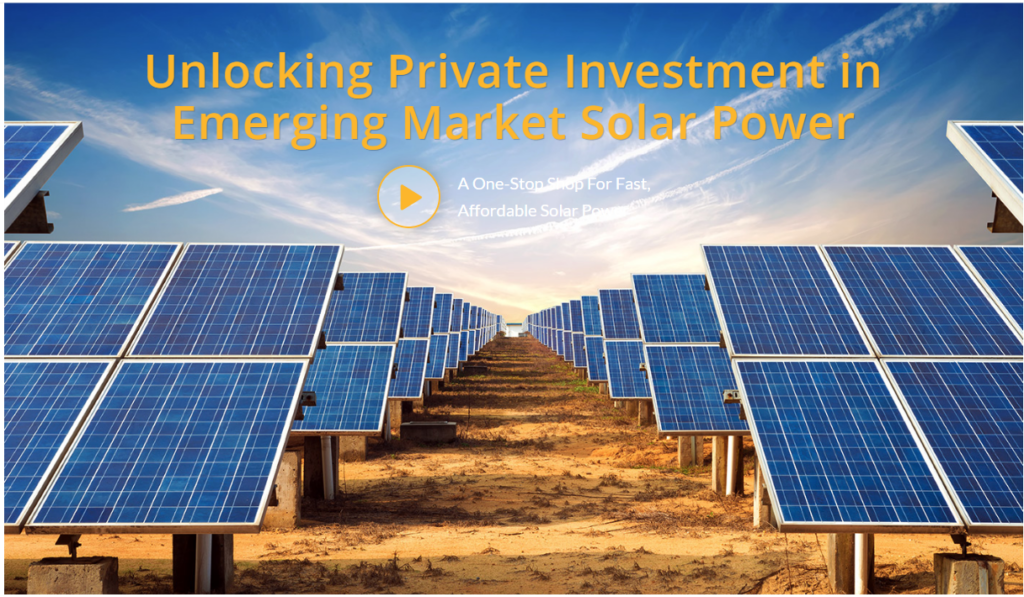
Strategy #3: Create a global market for energy equipment leases and physical power purchase agreements (PPA’s).
As described by the EPA, energy equipment leases are essentially public-private partnerships which allow for private consumers and organizations to stretch the payment for large clean energy investments over several years. When the equipment lease ends, the customer may purchase or return the equipment (ex. high-efficiency HVAC systems or solar panels) or extend the contract, depending on the type of lease. Leases may be provided by state or local governments or third-party/private companies. One example similar to this is the Scaling Solar program implemented by groups within the World Bank for scaling solar power in African countries.
Benefits:
- Equipment leases and PPAs could allow low-income individuals and/or developing countries to commit to the clean energy transition which in other cases, may not be available or affordable.
- Energy equipment leasing partnerships and PPAs could also boost green workforce development in both developed and developing nations.
- Multiple lease options are available, including operating, capital, and municipal leases.
Strategy #4: International organizations should secure funds for developing nations to aid them in their climate change mitigation efforts.
International organizations must oversee the routing of funds from developed economies towards developing ones to bridge the capacity gap between the two and aid the latter in their climate change mitigation efforts. International organizations are to establish transparent and standardized accounting practices for climate finance to address the ambiguity and lack of transparency in defining international climate and clean energy finance. Additionally, they must advocate for initiatives that aim to increase capital flows to developing countries for the clean energy transition, ensuring that financing is accessible to a broader range of countries and projects beyond the current limited scope. Moreover, international organizations could promote the development of risk mitigation mechanisms and financial instruments to address perceived risks associated with investing in emerging markets, thereby attracting more private capital to clean energy projects in these regions.
Benefits:
- Support bridging the capacity gap between developed and developing countries by providing financial resources to the latter for climate change mitigation efforts.
- Transparent and standardized accounting practices increase accountability and trust in the management and use of climate finance, reducing the risk of corruption and mismanagement.
- Effective risk mitigation attracts more private sector engagement in climate projects, leveraging additional resources and expertise to scale up clean energy initiatives.
The Bottom Line
With the impacts of climate change increasingly affecting vulnerable populations around the world, the urgency of climate action for developing countries highlights the need for timely financing solutions. By employing these strategies, the states, international organizations, and NGOs can foster pathways toward the 1.5 degree Celsius global warming scenario set out in the Paris Agreement, facilitating regional and bilateral agreements among high-emitting developed countries and highly vulnerable developing countries.

